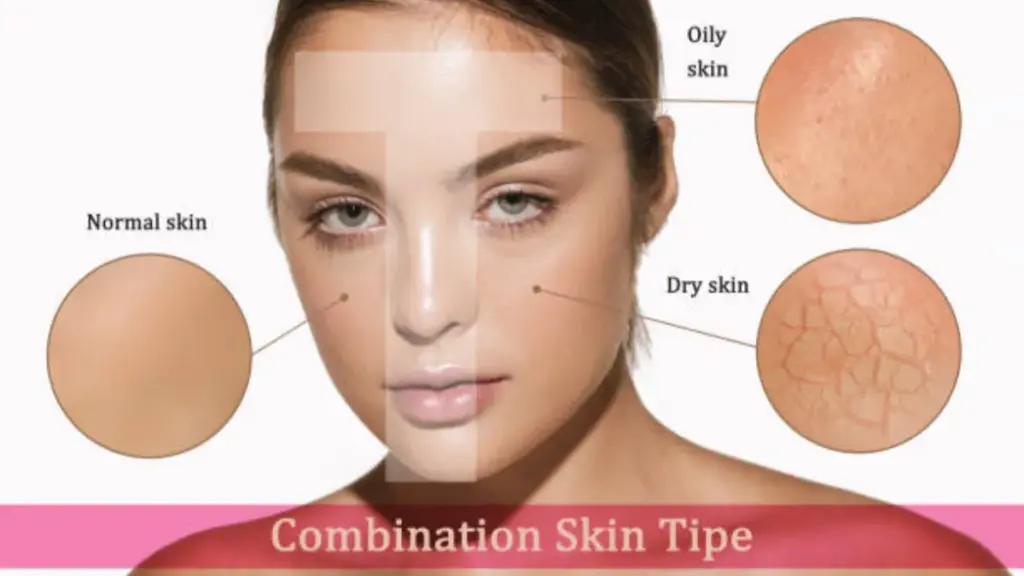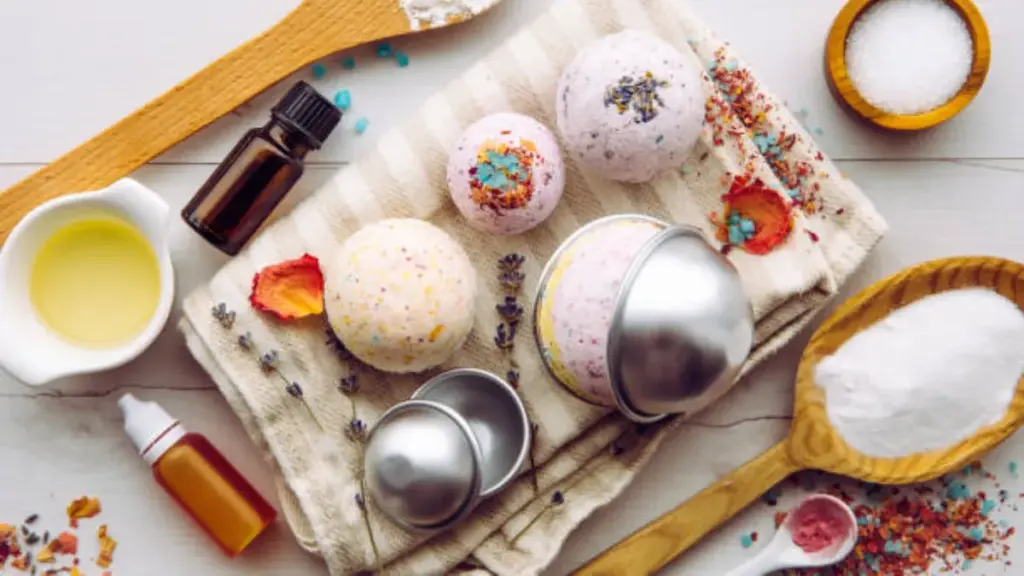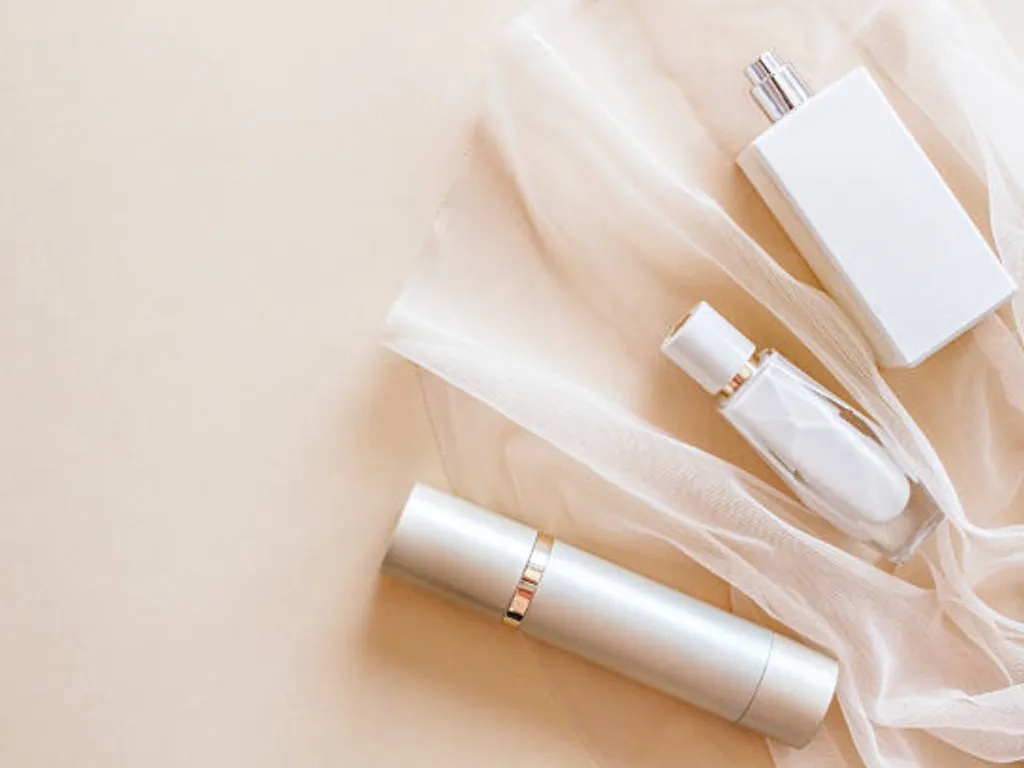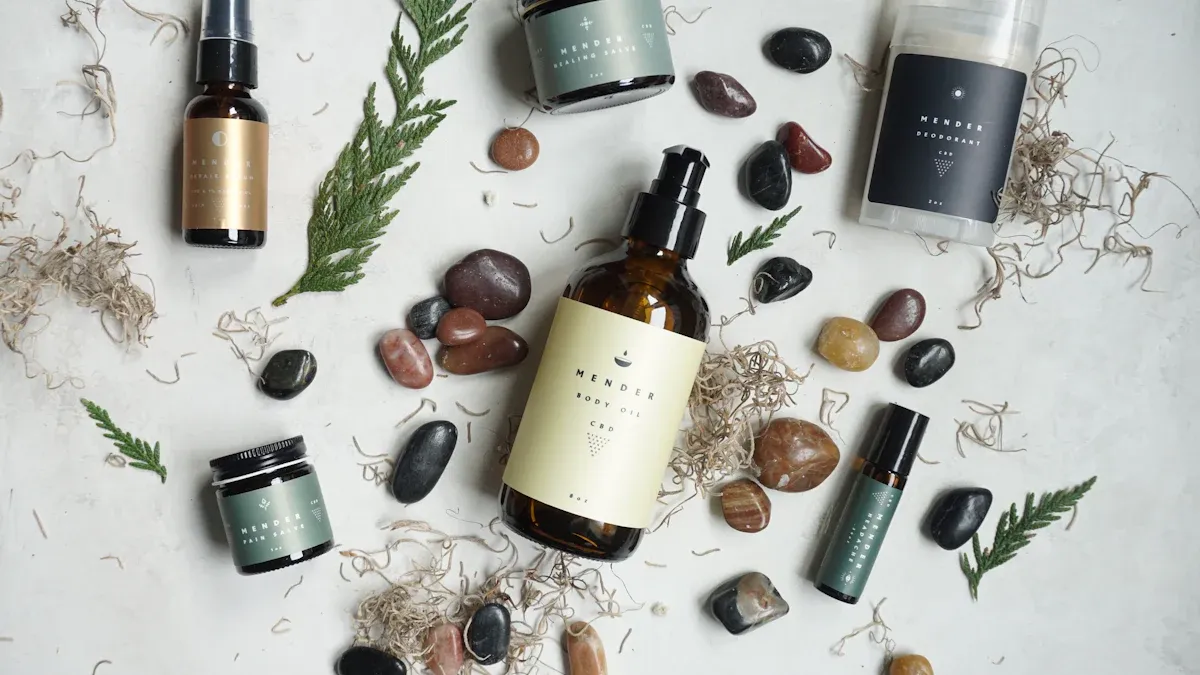
Have you noticed how beauty products are evolving? Eco-friendly ingredients are taking center stage, reshaping the way you think about cosmetics. This shift isn’t just about trends—it’s about creating a healthier planet and offering you products that align with your values.
Here’s the proof: The market for natural ingredients in cosmetics is on track to grow from $642 million in 2022 to $1,095 million by 2030. Plus, over 40% of consumers now prioritize natural components in their beauty routines. And it’s not just about demand; 63% of people believe these ingredients benefit both their skin and the environment.
By choosing eco-friendly options, you’re not only caring for yourself but also contributing to a sustainable future.
The Current State of Eco-Friendly Practices in Beauty
Sustainable Sourcing of Eco-Friendly Ingredients
Have you ever wondered where the ingredients in your favorite cosmetics come from? Sustainable sourcing of ingredients is transforming the beauty industry. Brands are now prioritizing eco-friendly practices to ensure that the raw materials they use are ethically and responsibly obtained. This shift not only protects the environment but also supports local communities involved in the supply chain.
Take a look at how some companies are leading the way:
Company | Sustainable Sourcing Goals | Impact |
|---|---|---|
IKEA | 100% of wood, paper, and cardboard from sustainable sources by 2020 | Reduced environmental footprint and improved livelihoods in their supply chain. |
Unilever | Sustainable sourcing policy for all raw materials, including palm oil and tea | Reduced environmental impact and stronger relationships with suppliers and customers. |
Nestlé | 100% sustainable sourcing of coffee, cocoa, and other key raw materials by 2020 | Focus on responsible sourcing and improved social conditions in their supply chain. |
Patagonia | Strict environmental and social standards for suppliers; encourages customers to buy less | Created a loyal customer base and built a strong brand reputation through sustainability. |
These examples show how sustainable sourcing of ingredients can create a positive ripple effect. By choosing products from brands that prioritize sustainability, you’re supporting environmentally friendly practices and helping to shape a greener future for beauty.
The Shift Toward Natural and Organic Formulations
Natural ingredients for cosmetics are more than just a trend—they’re a necessity. Many consumers now prefer products made with natural emollients and natural preservatives because they’re gentler on the skin and better for the planet. Concerns about skin irritation and dryness caused by synthetic chemicals have driven this demand.
Younger generations, especially millennials, are leading the charge. They’re drawn to products labeled as “clean,” “healthy,” and “organic.” This shift is also fueled by growing awareness of the harmful effects of conventional beauty ingredients.
Here’s why natural and organic formulations are gaining popularity:
They’re perceived as more effective than non-organic alternatives.
They reduce the risk of skin irritation and other adverse reactions.
They align with the values of environmentally conscious consumers.
The clean beauty industry is projected to grow by 14% over the next decade. This growth reflects the increasing demand for sustainable beauty products that prioritize natural ingredients. By choosing cosmetics with natural emollients and preservatives, you’re not only caring for your skin but also supporting a more sustainable beauty industry.
Cruelty-Free and Vegan Standards in Sustainable Beauty
Cruelty-free products are no longer a niche market—they’re becoming the norm. Consumers like you are demanding cosmetics that don’t involve animal testing or harm. This shift has led to a surge in cruelty-free testing and vegan formulas, which align with the principles of sustainable beauty.
The cruelty-free beauty market is booming. It was valued at $7.20 billion in 2024 and is expected to reach $15.20 billion by 2033, growing at a rate of 9.1% annually. Social media and influencers play a big role in promoting cruelty-free brands, while certifications like PETA’s “Beauty Without Bunnies” and Leaping Bunny build trust.
Here’s why cruelty-free and vegan standards matter:
They reflect ethical consumption and animal welfare values.
They attract environmentally conscious consumers.
They often go hand-in-hand with eco-friendly packaging and organic ingredients.
By choosing cruelty-free and vegan products, you’re making a statement. You’re showing that beauty doesn’t have to come at the expense of animals or the environment. Together, we can create a world where green beauty is the standard, not the exception.
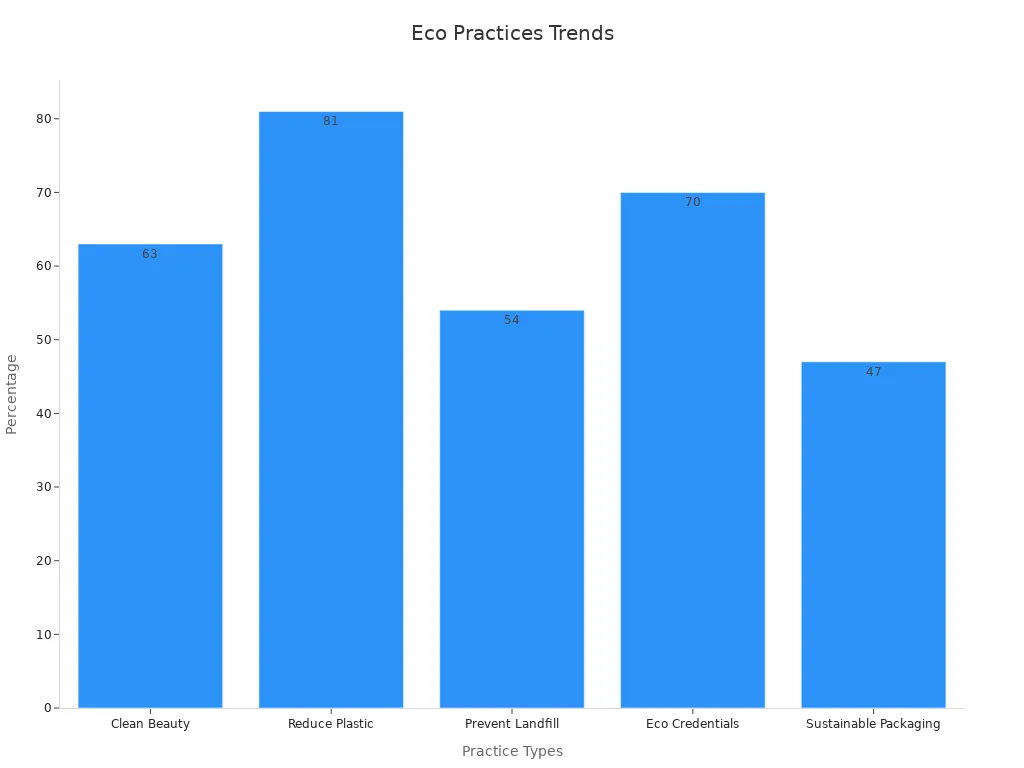
Innovations Driving Sustainability in Beauty
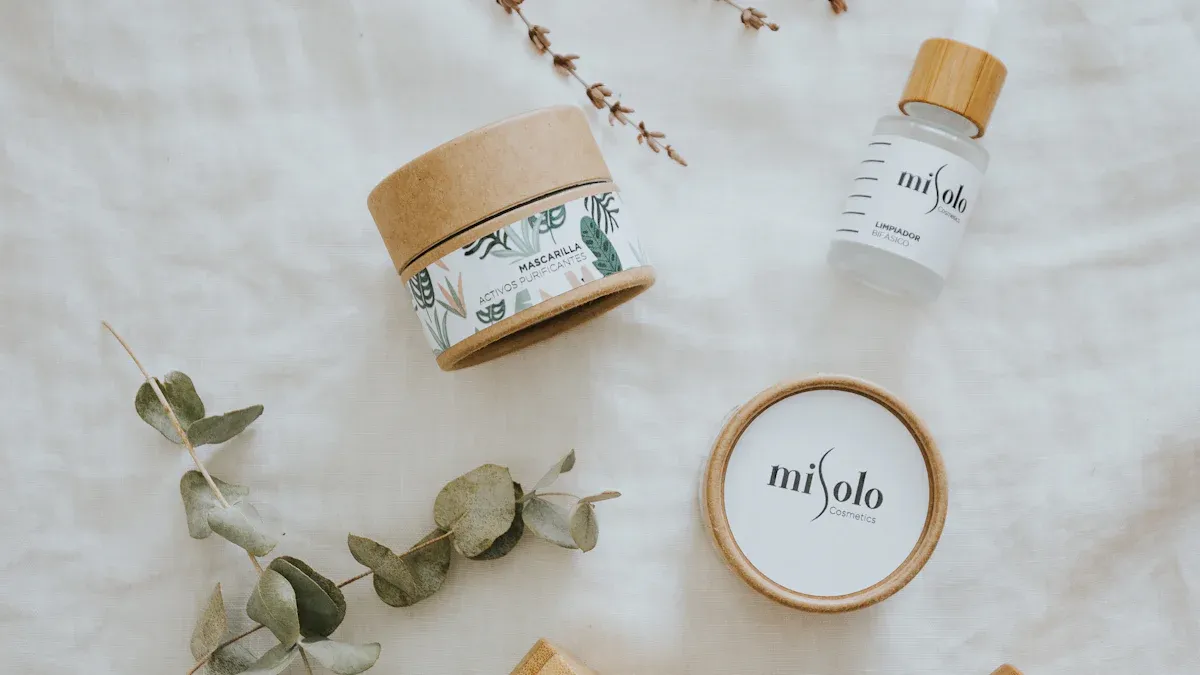
Waterless Beauty Products and Their Benefits
Have you ever thought about how much water goes into your beauty products? Waterless beauty is changing the game by removing water from formulations. These products are more concentrated, which means you get better results with less product. Plus, they’re lighter to ship, reducing carbon emissions during transportation.
Consumers love the benefits. Waterless products often have richer textures and absorb better into the skin. They’re also packed with active ingredients, giving you more value for your money. Studies show that these formulations perform just as well, if not better, than traditional water-based ones.
By choosing waterless beauty, you’re supporting sustainability. You’re helping to conserve water, a precious resource, while enjoying innovative products that deliver amazing results.
Upcycled Ingredients: Reducing Waste in Formulations
Did you know that some beauty products use ingredients that would otherwise go to waste? Upcycled ingredients are a brilliant way to reduce waste. They take by-products from industries like food and turn them into valuable components for skincare and cosmetics.
For example, coffee grounds can be transformed into exfoliants, and fruit peels can become nourishing oils. This approach not only reduces waste but also retains the nutrients in these materials. The global food industry wastes billions of dollars annually, but upcycling offers a solution. It’s a win-win for the planet and your beauty routine.
When you choose products with upcycled ingredients, you’re making a difference. You’re supporting reduced waste and promoting a more sustainable beauty industry.
Biodegradable and Recyclable Packaging Solutions
Packaging plays a huge role in sustainability. Biodegradable and recyclable packaging solutions are helping brands cut down on environmental waste. These materials break down naturally, reducing pollution and even improving soil health.
The beauty industry is embracing innovative packaging solutions like compostable containers and refillable systems. These options not only lower a brand’s carbon footprint but also align with consumer demand for sustainable packaging. By choosing products with eco-friendly packaging, you’re contributing to a cleaner, greener planet.
The Impact of Eco-Friendly Practices on Consumers and Brands
Changing Consumer Preferences for Sustainability
You’ve probably noticed that more people are choosing cosmetics with natural and ethical ingredients. This shift isn’t just a passing trend—it’s a reflection of growing awareness about health and environmental issues. Younger consumers, especially, are driving this change. They want products that align with their values, like sustainability and ethical production.
The beauty industry is responding by adopting green beauty initiatives. Brands are reducing packaging waste with eco-friendly materials and embracing resource-efficient production processes. You’re seeing more products labeled as clean, natural, and ethically sourced. This isn’t just about ingredients; it’s about the entire lifecycle of a product, from creation to disposal.
Here’s what’s fueling this shift:
Consumers are prioritizing transparency in how products are made.
Ethical practices, like cruelty-free testing, are becoming non-negotiable.
Sustainable beauty options are seen as healthier and more effective.
By choosing sustainable beauty products, you’re not just making a purchase—you’re making an impact.
How Brands Are Embracing Eco-Friendly Beauty
Brands are stepping up to meet your demand for sustainable beauty. They’re not just tweaking their formulas; they’re rethinking their entire approach. Many are sourcing ingredients sustainably, focusing on natural and organic materials that are ethically harvested. Others are innovating with packaging, using glass, metal, and biodegradable materials, or offering refillable options.
Some brands are even adopting green production processes. They’re using renewable energy and implementing zero-waste practices. Cruelty-free products are also becoming a standard, with vegan formulations gaining popularity. By supporting local producers, brands are creating a ripple effect of positive change.
Here’s how brands are embracing eco-friendly beauty:
They’re partnering with local farmers and artisans for ethical sourcing.
They’re investing in cruelty-free practices and vegan formulations.
They’re reducing waste through innovative packaging solutions.
When you choose these brands, you’re supporting their efforts to make the beauty industry more sustainable.
The Role of Certifications and Transparency in Building Trust
Certifications and transparency are key to building trust in sustainable beauty. When you see labels like B Corp or Fair Trade, you know the brand is committed to ethical production and environmental responsibility. These certifications act as a quality signal, showing that the product meets high standards.
Transparency goes beyond labels. Brands are publishing sustainability reports and using platforms like the JUST program to share real data about their impact. This openness bridges the gap between you and the producers, helping you make informed choices.
Here’s a quick look at some certification standards:
Certification Standard | Description |
|---|---|
B Corp | Ensures high standards of social and environmental performance. |
Fair Trade | Promotes fair labor practices and validates sustainability claims. |
LEED | Focuses on sustainable building practices and energy efficiency. |
Climate Neutral | Certifies that a brand has reduced its carbon footprint to net zero. |
By choosing products with these certifications, you’re supporting brands that prioritize ethical and sustainable practices.
The Future of Eco-Friendly Ingredients in Beauty
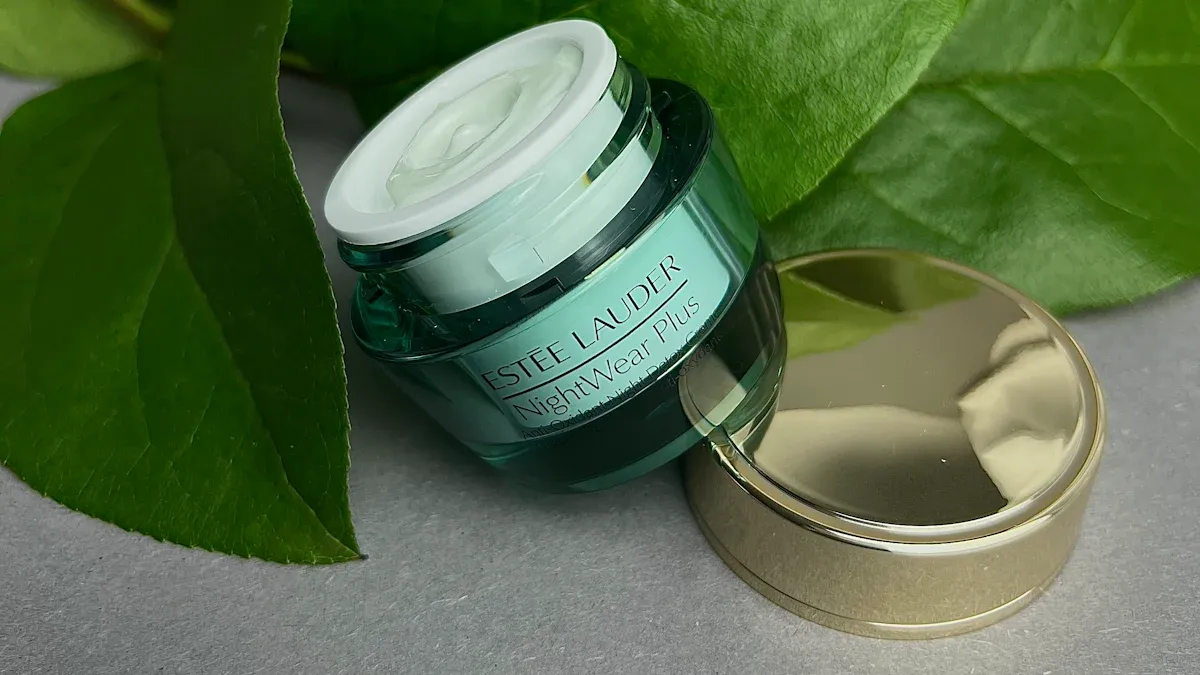
Emerging Trends in Sustainable Beauty Practices
The beauty industry is buzzing with exciting trends that are reshaping how you experience sustainable beauty. These trends aren’t just about looking good—they’re about making choices that benefit both your skin and the planet.
Proactive and Preventive Care: You’re probably noticing a shift toward products that focus on long-term results rather than quick fixes. This trend reflects a growing preference for beauty solutions that work with your skin’s natural processes, offering lasting benefits.
Clinical-Grade Efficacy: More consumers are demanding products backed by science and medical professionals. This means you can expect sustainable beauty products that deliver real, measurable results without compromising on eco-friendly practices.
Transparency in Sourcing: Ingredient transparency is becoming a must-have. You want to know where your natural ingredients for cosmetics come from and how they’re processed. Brands are stepping up by sharing detailed sourcing information, giving you confidence in your choices.
The numbers back this up. The eco-friendly beauty market is projected to grow from $642 million in 2022 to $1.09 billion by 2030. Plus, 65% of consumers are now willing to spend more on products that are environmentally friendly. This shift shows how your preferences are driving the industry toward a more sustainable future.
Tip: Look for brands that highlight their use of natural emollients and natural preservatives. These ingredients not only nourish your skin but also align with your eco-conscious values.
The Role of Technology in Advancing Sustainability
Technology is playing a huge role in making sustainable beauty more accessible and innovative. From AI-driven personalization to cutting-edge devices, the future of eco-friendly ingredients is brighter than ever.
Initiative/Product | Description |
|---|---|
A device designed for inclusivity, addressing individual consumer needs. | |
3D shu:brow | A groundbreaking product that exemplifies L’Oréal’s commitment to personalized beauty solutions. |
L’Oréal’s Beauty Tech division is leading the charge with innovations like AI and generative AI. These tools help create personalized beauty solutions tailored to your unique needs. Their motto, “Beauty for Each, powered by Beauty Tech,” reflects their commitment to responsible and inclusive beauty.
You’re also seeing advancements in biotech, where plant-based alternatives and upcycled ingredients are being developed to reduce waste and enhance sustainability. These innovations not only improve product performance but also minimize environmental impact.
Note: The next time you shop for beauty products, check if the brand uses technology to enhance sustainability. It’s a great way to support innovation while staying eco-friendly.
How Eco-Friendly Ingredients Will Shape a Greener Beauty Industry
Eco-friendly ingredients are set to revolutionize the beauty industry, creating a greener and more sustainable future. Here’s how:
Plant-Based Alternatives: Ingredients derived from plants are replacing synthetic chemicals, offering safer and more sustainable options for your skincare routine.
Upcycled Ingredients: By repurposing by-products from other industries, brands are reducing waste and creating high-quality formulations.
Biotech Innovations: Advances in biotechnology are enabling the creation of sustainable ingredients that mimic natural ones, reducing the need for resource-intensive harvesting.
Consumer attitudes are also driving this change. Almost 60% of German consumers prioritize ingredient sourcing when buying natural and organic products. Globally, 40% of customers actively seek products with natural ingredients for cosmetics. This demand is pushing brands to enhance transparency and adopt eco-friendly practices.
The eco-friendly beauty market’s growth reflects this shift. As more people like you choose sustainable options, the industry will continue to innovate, offering products that are good for your skin and the planet.
Callout: By supporting brands that prioritize eco-friendly ingredients, you’re not just investing in your beauty routine—you’re contributing to a greener, healthier world.
Eco-friendly ingredients aren’t just a passing trend—they’re shaping the future of beauty. As more people choose products that reflect their values, brands are stepping up with sustainable practices.
🌱 Why it matters:
Transparent sourcing and eco-friendly packaging build trust.
Certifications like cruelty-free and organic boost credibility.
By embracing these changes, you’re not only supporting a greener planet but also encouraging brands to innovate. Together, we can create a beauty industry that’s as kind to the Earth as it is to your skin.
Tip: Look for products with certifications to ensure you’re making sustainable choices!
FAQ
What are eco-friendly ingredients in beauty products?
Eco-friendly ingredients come from sustainable sources like plants, minerals, or upcycled materials. They’re biodegradable, non-toxic, and safe for both your skin and the planet. 🌱
How can I tell if a product is truly sustainable?
Look for certifications like Fair Trade, Leaping Bunny, or B Corp. These labels ensure the product meets ethical and environmental standards. You can also check for transparent ingredient sourcing on the brand’s website.
Are eco-friendly products more expensive?
Not always! While some sustainable products cost more due to ethical sourcing, many brands offer affordable options. Plus, investing in eco-friendly beauty helps protect the planet, which is priceless.
Do eco-friendly products work as well as traditional ones?
Yes! Many eco-friendly products use high-quality, natural ingredients that deliver amazing results. For example, plant-based alternatives and upcycled components often outperform synthetic chemicals.
Why should I switch to eco-friendly beauty products?
By switching, you’re reducing your environmental impact and supporting ethical practices. You’re also choosing safer, skin-friendly ingredients that align with your values. It’s a win-win for you and the planet! 🌍
Tip: Start small! Replace one product at a time with an eco-friendly alternative to make the transition easier.

